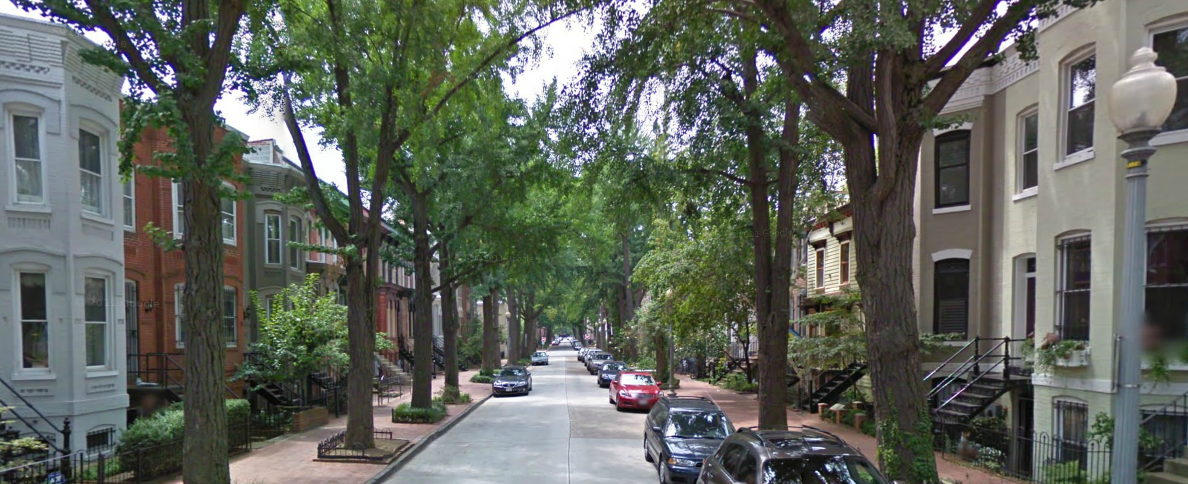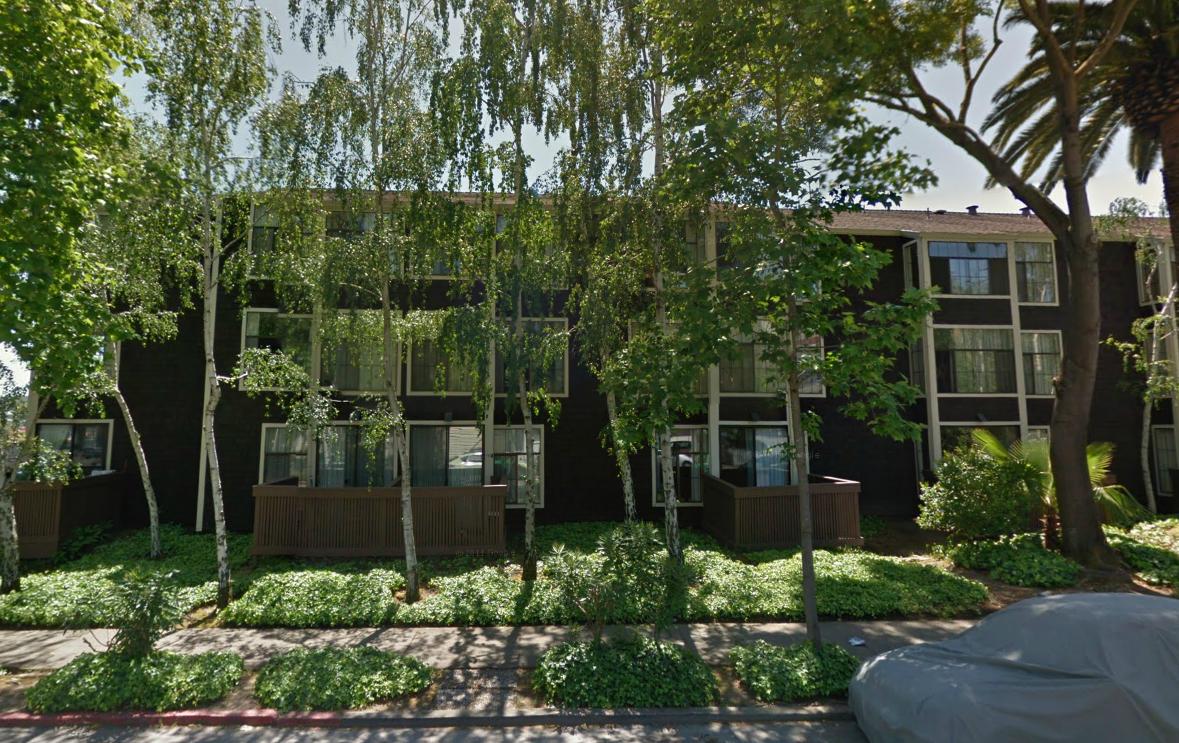Every seven years, the cycle returns. The Association of Bay Area Governments, or ABAG, fulfills its California-mandated duty and examines the state of housing in the Bay Area, using the data to assign affordable housing quotas to its member cities and counties. The following year or two sees each government in Marin haggle over where to wedge affordable housing zones without wrecking the neighborhood. As Marin goes through this process yet again, it’s worth examining whether the process is really as bad as all that, and it’s worth wondering whether ABAG’s – that is, California’s – process even works.
Your Town Is Denser than You Think

California mandates that all affordable housing zones meet one of two densities: 20 units per acre for cities smaller than 50,000 people, 30 units per acre for those larger than 50,000. In Marin, some of the more partisan opponents to affordable housing use these density requirements to paint a picture of a Marin County overrun by poverty and crime, with apartment projects stretching into the skies. They think of Oakland’s inner-city problems of the 1980s and believe that this is what will happen to Mill Valley and Novato if we allow any development.
It is clear from their imaginings that these partisans don’t realize how dense the mandates actually are or how dense their own city already is. To imagine 30 units per acre, think of two-story rowhouses on a tree-lined street. Each is a three bedroom, one bath home with a backyard, parking along a back alley, and a deck. The example above is about 22 units per acre, more than the requirement. This means the homes could be 10% wider, or could have small side walkways.

The higher of the density requirements is 30 units per acre, we can look to duplexes with front garages. These three-story duplexes on Forbes Avenue in San Anselmo count, and are about 30 units per acre.
If we want to go really crazy, take a look at those rowhouses above. Each has what's known as an English basement - a small, basement apartment, the equivalent of an in-law unit. This 22-unit development is actually 44 units per acre! Skyscrapers? Hardly. And if you think these are sardine cans, look at the profile local real estate blog DCMud did on a similarly-sized place near the Supreme Court: 3 bed, 2.5 bath.
California Mandates Explained
Although density itself should not be a problem, there's a reason Marin has the mandates. The State of California has mandated that regions “share the load” of accommodating for future population growth and has entrusted regional organizations, such as ABAG or the San Diego Association of Governments (SANDAG), with determining how the region’s counties and municipalities will share.
In 2008, ABAG released its Regional Housing Needs Allocation, describing how much it believed the Bay Area population would grow and projecting regional demand for affordable housing. (If you’re really curious about the process, you can read all about ABAG’s decision on their website.) However, those mandates say that jurisdictions need to zone, not build, affordable housing of a certain type, with certain ratios for very low, low, moderate and above moderate income levels. That means that a city can meet its quota by zoning that all new development in an area meet or exceed the ratios given by ABAG.
Does This Make Sense?
There is no doubt that the Bay Area is an expensive place to live. Rents in Marin are as high as Washington, DC and parts of New York City, running about $900 per month per bedroom. If one factors in the cost of car ownership and transportation, renting in Marin can easily be more expensive than San Francisco. People, it seems, want to live here, but the price is too high for most. At first blush, creating affordable housing seems to be a good answer.
Affordable housing does have a certain logic to it: prices are high, so control the price to make it lower so more people can afford it. Unfortunately, what this really creates is a housing shortage, driving up the market price even further.
The economics of supply and demand say that when a commodity is scarce but demand is high, the price of the commodity goes up. When the commodity is plentiful or demand is low, the price goes down. In either case, there is enough of the commodity to go around among the people that can afford it; there is equilibrium. When there is a cap on the price, it’s not as profitable to create the commodity so less is made, but it’s more affordable so more people can buy it. With less being made and more being sold, there is a shortage. This is what happens with affordable housing.
When San Rafael mandates that, say, 20% of a housing project must be below the market price, the developer has that much less incentive to build the project. Often, the developer will entirely forgo the project and no housing is made, whether affordable or not. This means that everyone that would have lived in that building has to look somewhere else for their housing, driving up competition, and therefore price, for those units that do get built, forcing more shoppers to the affordable housing alternative. California’s mandates create affordable housing, but they also drive up the price of market-rate housing and increase the pressure to build more affordable housing. It’s a vicious cycle. The more demand there is for affordable housing, the higher the price goes.
Interestingly, affordable housing does serve one purpose well: income diversity. Housing markets, if left alone, create affordable housing ghettos – think “the wrong side of the tracks”. For the poor, the ghetto multiplies the problems of poverty and reduces opportunities for those that live there. As well, ghettos are typically far from jobs, increasing the cost of transportation for those that can least afford it. For the rich, their own wealthy areas insulate them from people unlike themselves, increasing prejudice against the chronically poor, such as new immigrants or minorities. For both the rich and poor, the isolation means they cannot empathize with the other: the poor child can’t see herself being a doctor like her friend’s dad and the wealthy child can’t understand how much she has. Economic segregation can be just as damaging to a society as racial segregation.
Affordable housing mandates are not the only tool in the legal toolbox to combat the problem. Although California mandates affordable housing, it offers concessions to developers that do more than their mandated share, including increased units per acre variances from local zoning regulations. California should replace the mandate system entirely in favor of a concessionary system, allowing developers to choose how much housing to make affordable and how much to make market rate. A concessionary system would decrease the intensity of affordable housing construction but increase overall housing supply, driving down prices and affordable housing demand.
California’s mandates aren’t nearly as bad as they appear, but they are significantly more wrong-headed than one might imagine. They won’t make Novato into the Tenderloin but they cannot solve our housing shortages. That job is up to governments and developers; for the moment, though, the State is just getting in the way.


